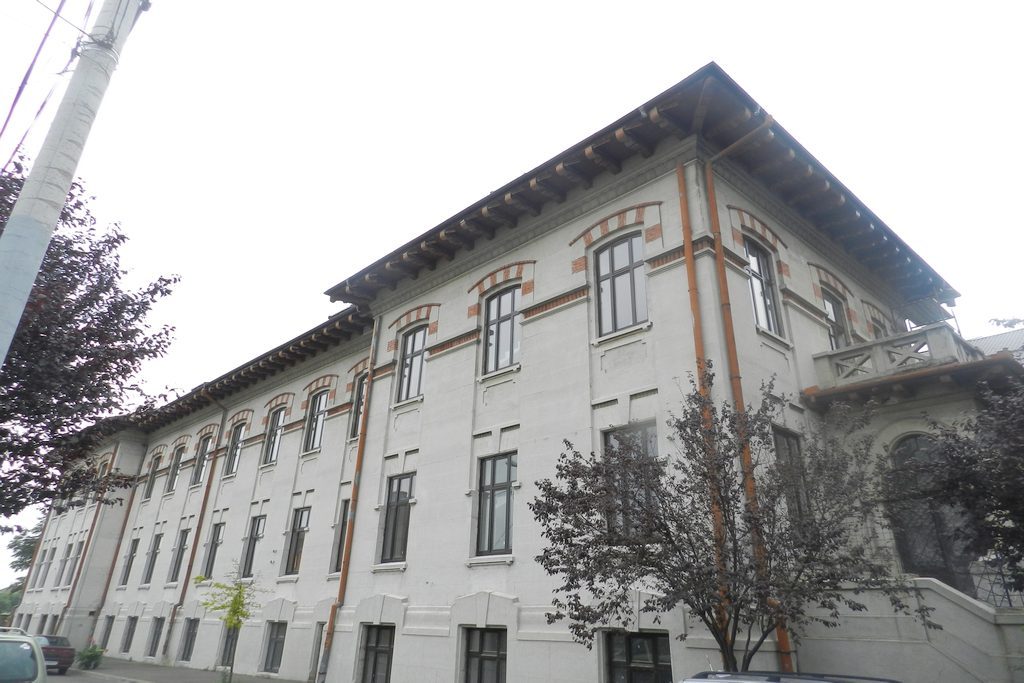

In 1912, professor Al. Bărcăcilă founds the Trian highschool Historical museum, which will in 1926 move to the newly built building near the Roman camp, buildings which was since beginning supposed to house a museum which will now be called the History and Ethnography museum from Turnu Severin.
After 1945 the museum grows in importance and widens its research area, being called the Porțile De Fier Region Museum.
On May 15th 1972 the museum opened in its current format, with two sections: history and natural sciences, with an aquarium where Danube fish species are displayed. Later on the sections of ethnography and art were created.
It displays pieces from the following domains: natural sciences (fauna and flora, aquarium for the Danube fauna and exotic fish), history – documents, archeology (including a funeral stone from the Roman era), numismatics, ethnography (costumes, ceramics, fabrics in the area), Romanian art (works by Luchian, Petrașcu, Pallady, Tonitza, Dimitrescu, Șirato, Stoenescu, Iser, Ressu)
The history archeology section is made up of nine rooms: – Prehistory – the remains of the material and spiritual lives of the Schela Cladovei culture;
– The ghetto-dacian civilization;
– The Dacian Roman wars;
– Roman ancient monuments (the Drobeta bridge from 103 – 105);
– Drobeta spiritual life;
– Medieval history;
– Modern age;
– Romanian feudal art;
– Contemporary era.
The natural sciences exhibit, inaugurated on May 15th 1972, displays the physical and geographical conditions of the Porțile de Fier defile (Room I), the flora and terestrial fauna of the Porțile de Fier defile (Room II), the Danube Ichtyofauna of the Porțile de Fier accumulation lake (the aquarium), the flora and fauna specific to the aquatic environment from the Porțile de Fier area (Room III). The exhibit closes with cosmogony aspects, the emerging of life on Earth, paleontological proof, the origin and evolution of man (Room IV). The Ethnography and popular art section has a rich and pretious patrimony, valuable from a documentary point of view. The main exhibit firstly displays aspects of the rural civilization in Mehedinți and Porțile de Fier area. Right next to it is the Drobeta Roman camp. [1]The museum building is declaired a historical monument, being built in 1926.

